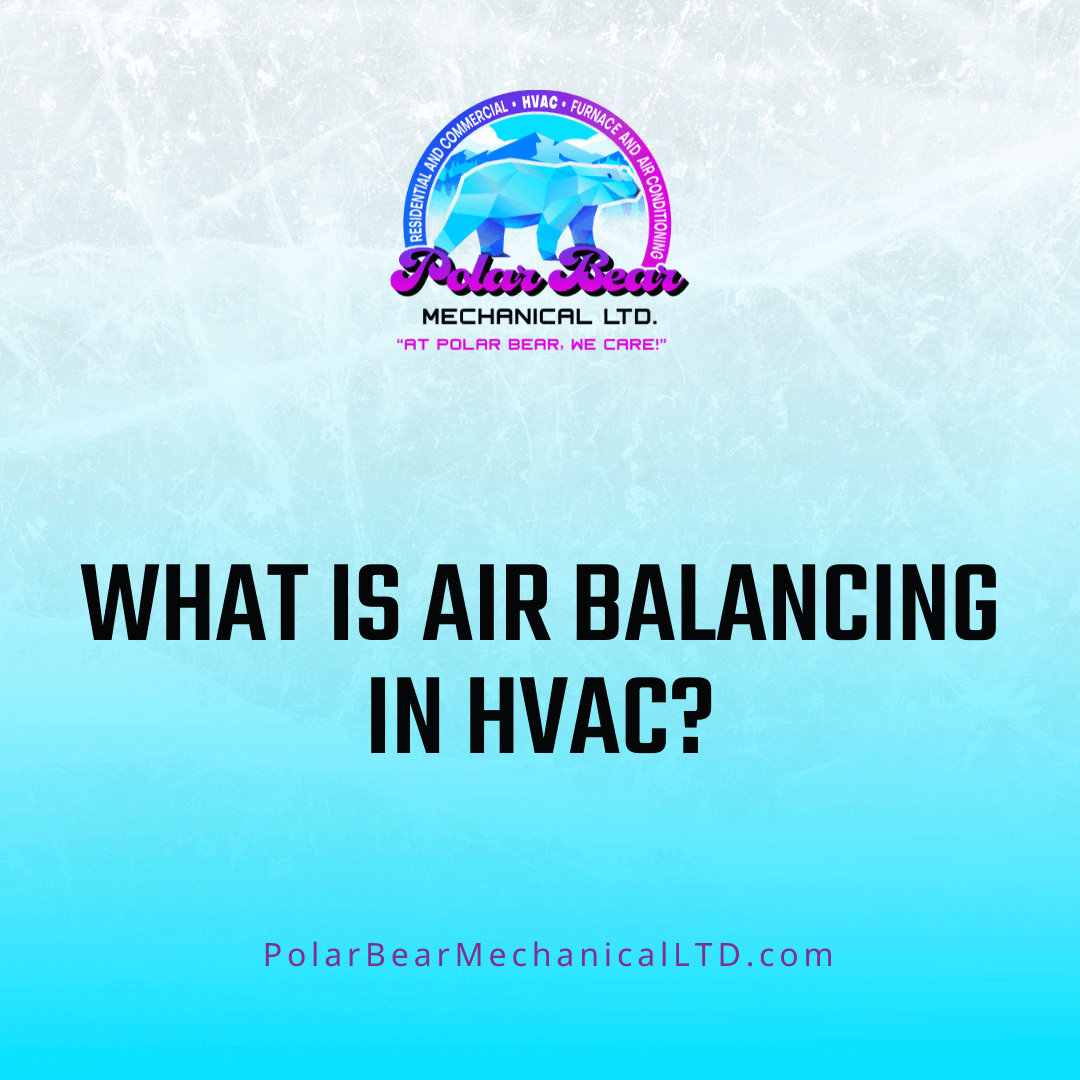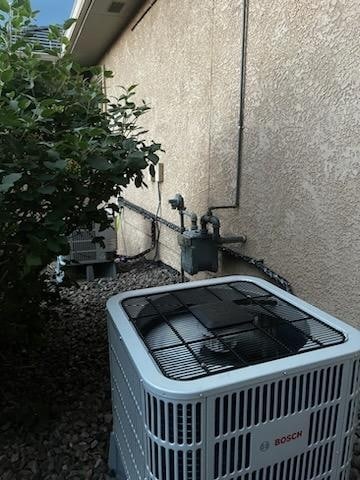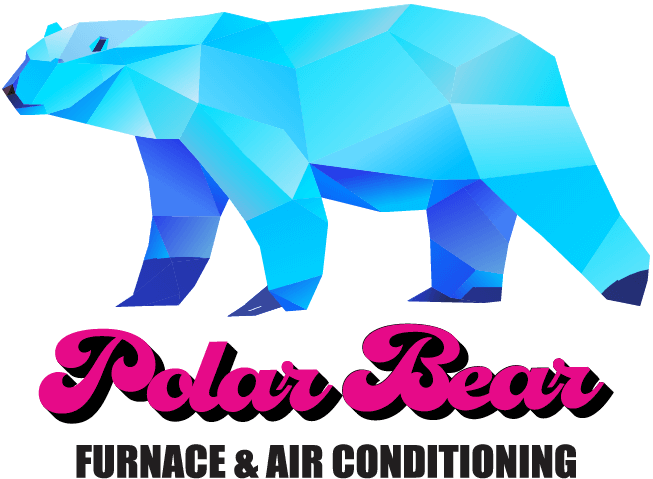Your HVAC system must distribute air evenly throughout your home to maintain your preferred indoor temperatures. If one room in your home always feels colder than others, or if your employees complain of hot and cold spots throughout your office, you need to take action. You need air balancing.
But how?
What is the Purpose of Air Balancing?
Air Balancing attempts to resolve issues with significant temperature changes in your home or office airflow.
It is necessary to test and modify the existing HVAC system to deliver optimal airflow to every building space. Then, AC experts apply air balancing principles in large commercial projects and individual homes and apartment complexes.
Air Balancing improves comfort during the Summer months, but it may also help decrease energy bills, reduce wear on HVAC components, and increase the air conditioning system’s efficiency.
HVAC Problems Found by Air Balancing
When HVAC professionals examine performance problems with your AC systems, they can create a virtual map of the airflow and comfort balance in your building. This map will help them pinpoint underlying difficulties and inconsistencies.
Some of the issues might include:
- Loose Duct Joints
- Blockages
- Damage or Perforated Ducts
- Excessively Long Ducts
- Sharp turns in ductwork
HVAC Air Balancing Procedure
An HVAC system that’s not balanced correctly has about 30 to 50 percent less airflow than it should. As you can imagine, this can cost you a lot of money and lead to you waiting longer than necessary for your space to heat up or cool down. For example, suppose your HVAC system needs to be balanced, and the air isn’t flowing correctly into your bedroom.
What to do?
In that case, you’ll leave your heating system on longer than necessary to heat your bedroom to a comfortable temperature. Not only is this an inconvenience because you have to wait a long time for your bedroom to warm up, but it also costs you extra money because you’re running your heater longer than necessary.
When an HVAC professional conducts an air balancing procedure, whether it’s for your home’s HVAC system or your business’s HVAC system, they’ll take the following steps:
- Inspect Air Duct System
- Run Diagnostics On Return Registers, Heat Pumps, Furnace, And Air Conditioner
- Test Indoor Humidity And Temperature
- Analyze Airflow
- Correct Air Imbalances
Solutions to Air Balancing Problems
There are many ways an HVAC system could become unbalanced. Regular HVAC maintenance appointments are crucial because they allow your HVAC technician to inspect your entire system, including airflow. Some possible reasons why you may be dealing with uneven heating and cooling throughout your space include:
- Your Condenser Unit is Blocked
- Air conditioning systems have a component called a condenser unit, usually located outside or in a separate mechanical room. If your condenser unit is out without a cover or protection, it’s easy to become blocked by leaves and debris. When this happens, your air conditioning unit cannot get enough airflow to function correctly. A good rule of thumb is to keep at least 2 feet of space around your condenser unit to help avoid blockage.
- Clogged Air Conditioner Filters
- Can you remember the last time you changed your air conditioner’s filters? If not, chances are it’s overdue. If your air conditioning unit’s filter becomes clogged and excessively dirty, it prohibits air from flowing easily throughout your HVAC system.
- Blocked And Leaky Air Ducts
- Another reason for poor HVAC airflow is blocked ductwork. If you have a clogged air filter and there’s debris that can sneak through, it ends up gathering inside your ductwork.
- It’s also possible for your duct system to have holes or cracks causing your air ducts to leak. If your HVAC system operates with leaky ducts, it reduces the airflow available to heat and cools your space.
- Low Refrigerant Levels
- Low refrigerant levels are the most common reasons for poor HVAC airflow. If your air conditioner leaks refrigerant, it can cause various problems, including reduced airflow.
- If you have a small leak and fail to address the issue, it can lead to a more severe and costly problem.
- Blocked Air Vents And Registers
- One of the most straightforward ways to prevent poor airflow is to ensure all your air vents and registers are open. If a piece of furniture blocks even one vent, it can affect the airflow of your entire HVAC system.
Benefits of Air Balancing
Making sure your HVAC system is balanced is vital for your comfort level and the integrity of your heating and cooling system. Proper air balancing has a ton of benefits, including:
- Improved Indoor Air Quality
- Easily Maintained Indoor Temperatures
- Enhanced HVAC System Efficiency
- Reduced Utility Bills
- Consistent Temperatures Throughout Entire Space
- Eliminates Cold Drafts
Better Energy Efficiency
If the airflow of your HVAC system is unbalanced, it has to work much harder to improve system performance. Solving the issues inhibiting your airflow will waste less energy. As a result of these improvements, you could see reduced energy bills.
HVAC Equipment Lifespan Expansion
HVAC units have a lot of work and are under challenging conditions! They work under extreme temperatures, which can take a toll on them over time. However, when the airflow is balanced, they don’t have to work nearly as hard to achieve the desired results.
Improved Comfort Levels
There won’t be distinct hot or cold spots in your home with air balancing, making your home more comfortable. Likewise, in commercial spaces, workers won’t be as uncomfortable. Instead, they’ll be more productive.
Improved Air Quality
HVAC air balancing also helps protect against unexpected inflows of outdoor air, which can often carry allergies and other impurities. You’ll want the building sealed to preserve the filtered air to prevent contamination. Having filtered air in your home or workplace is just as essential as having filtered water you drink.
Questions and Answers
How Much Does an Air Balance Cost?
The average cost of air balancing depends on several variables, including the size of the duct openings and accessibility. The cost can range anywhere from $75 to $150 an opening. In addition, the specialist might charge more for adding or removing ducts, sealing, or insulating them.
What is an Air Balance Report?
HVAC experts create an Air Balance Report to record the results of an air balance test. The report measures the amount of air at grilles and registers.
How do You Calculate Air Flow Capacity?
You can determine the airflow volume flowing past a certain place in the duct per time by multiplying air velocity by the cross-section area of the duct. There are some complex air balancing formulas used by experts to make the appropriate calculations.
What Equipment is used for Air Balancing?
The most popular test instrument used to take air flow readings is a capture hood or an air flow hood. Other accepted methods include items such as hot-wire Thermo-anemometers and Pitot tubes.
Polar Bear Mechanical Helps Ensure Proper Airflow
As HVAC technicians, we know exactly how to test for poor airflow and how to fix poor airflow. If you’ve
As HVAC technicians, we know exactly how to test for poor airflow and how to fix poor airflow. If your HVAC system is struggling to maintain desired temperatures, you should consider scheduling an air balancing service with our team.
It’s time to experience the many benefits of a properly balanced HVAC system, including improved indoor air quality, reduced utility costs, improved energy efficiency, lengthened lifespan for your HVAC system, and enhanced comfort levels. If you’re interested in learning more about Polar Bear Mechanical’s air balancing services, call our HVAC professionals today!














